 I spent a lot of years in the military and have worked with many different agencies and countries in that time. One thing I found universally true is the more effective and higher-level a groups (Delta, Special Forces, Navy SEALS, S.A.S, etc, the more they wargame their scenarios and specific missions.
I spent a lot of years in the military and have worked with many different agencies and countries in that time. One thing I found universally true is the more effective and higher-level a groups (Delta, Special Forces, Navy SEALS, S.A.S, etc, the more they wargame their scenarios and specific missions.
These practice run-throughs (drills, exercises, dress rehearsals) includes everything from being generally prepared for possible missions to building mock-up buildings and neighborhoods and using all available intel to make things as realistic as possible. I’m not saying that you need to be prepared for emergencies to that level (this is their job), but I think you do need to use dress rehearsals to flush out vulnerabilities and deficiencies in your plan(s), and the more realistic you make these rehearsals, the better.
According to a 2015 FEMA report, 60% of Americans aren’t practicing for disasters. Pretty much every part of your emergency plan (your family emergency communications plan, bug out route plan, using a ham radio, dealing with medical emergencies, surviving in the woods, dealing with a power outage at home, and many, many other topics, require hands-on training as well as just walking through the plan you currently have so you can update it and try again. The danger is that if you don’t actually walk through the process in a semi-realistic fashion, you won’t realize you’re not prepared until it’s too late. As they say, “Don’t practice until you get it right; practice until you can’t get it wrong.”
Discovering your abilities and shortcomings
One of the biggest mistakes that preppers or others that try to prepare for emergencies or survival situations (and don’t want to call themselves preppers) make is about what they put in their bug out bag.
…click on the above link to read the rest of the article…


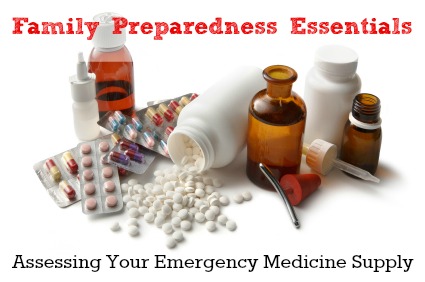

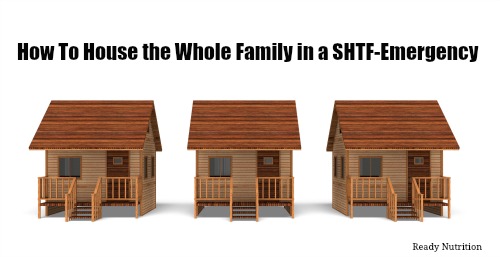






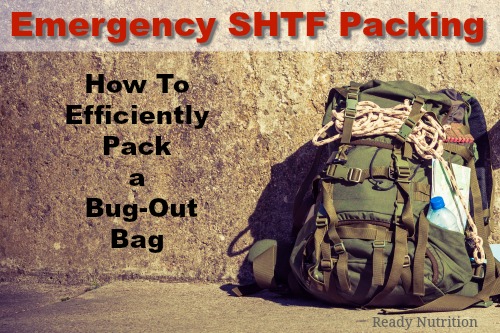
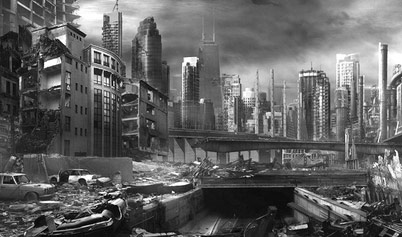


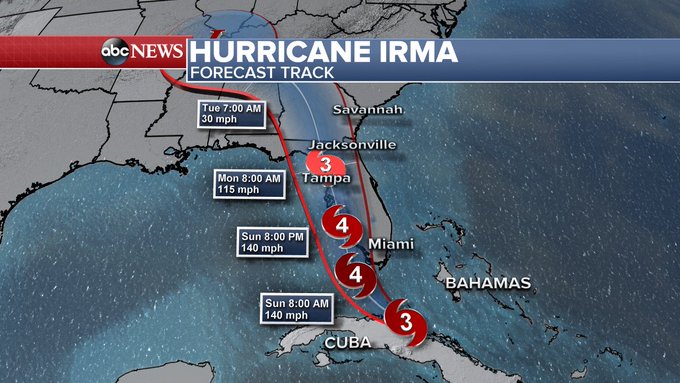
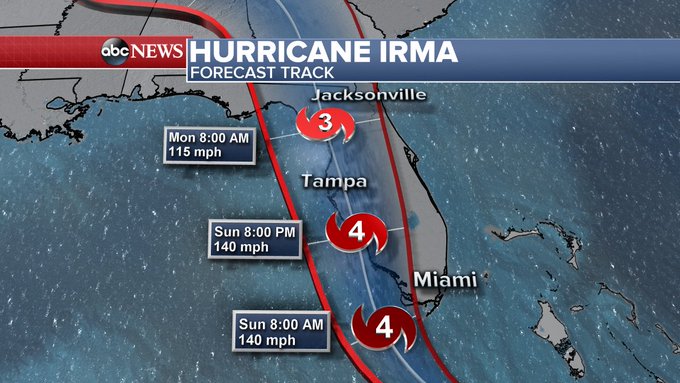
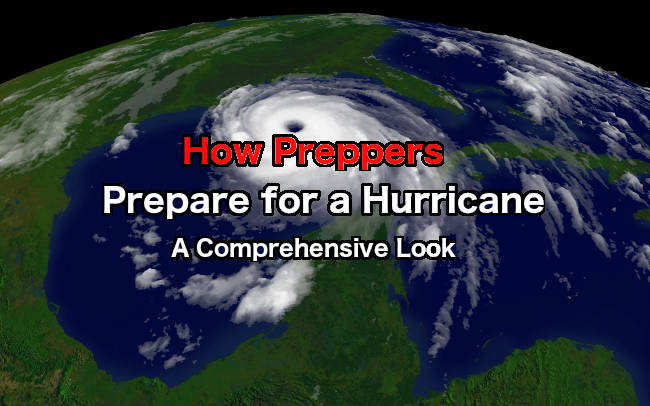 Everybody’s a prepper when the storm comes. Unfortunately
Everybody’s a prepper when the storm comes. Unfortunately 

